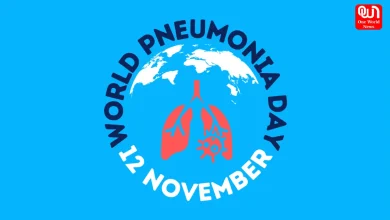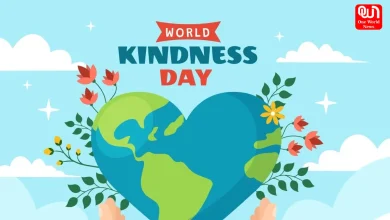Chasing Colors: Celebrating National Find A Rainbow Day
Ways to Celebrate the Beauty of Rainbows
The Science and Magic Behind Rainbows
April rains will bring more than simply May blooms. On April 3, we have the opportunity to honor National Find a Rainbow Day. Rainbows have always seemed a bit enchanting to us. Rainbows are stunning and somewhat enigmatic.
During this vibrant holiday, we can truly take time to discover and enjoy one of nature’s finest wonders.
Background of National Find A Rainbow Day
Rainbows occur due to the reflection, refraction, and dispersion of light in water, creating a spectrum of light that appears in the sky as a multicolored arc. They consistently show up on the side of the sky that is exactly opposite the sun.
Avoid pursuing rainbows, as they aren’t necessarily found at a certain distance from your viewpoint. They’re an optical illusion seen from a specific angle to a nearby light source, indicating that the closer you attempt to approach, the farther away it moves. Even if you spot someone who seems to be positioned directly under the rainbow, they’ll perceive a different rainbow that is farther away. As Kermit the Frog puts it, “Rainbows are sights, mere illusions, and they conceal nothing.”
In 1979, Paul Williams and Kenneth Ascher composed the legendary “Rainbow Connection,” sung by Kermit the Frog (Jim Henson) in The Muppet Movie, becoming a beloved song for numerous children and adults. Henson informed them that the initial scene ought to showcase Kermit alone, strumming a banjo and singing. Williams and Ascher composed most of the song rather quickly but encountered difficulties with the chorus. During dinner, while discussing their situation with Williams’ then-wife, Kate, they mentioned that they required a phrase that would “create a rainbow connection.” Nevertheless, in the course of explaining it, they discovered that “rainbow connection” was precisely the term they required. Essentially, rainbows represent more than just science – they also possess a certain magic. That’s the link to the rainbow.
Timeline of National Find A Rainbow Day
- 1304 Formation of Rainbows- A monk from Germany named Theodoric uncovers the true scientific explanations behind the formation of rainbows.
- 1666 Sir Isaac Newton’s Prism Theory- Isaac Newton finds that a prism splits a ray of light into two colors: the rainbow spectrum and white light.
- 1803 Thomas Young’s Rainbow- Thomas Young clarifies that when light bends to create a rainbow, it separates into two distinct rays, one bright and one dark.
- 1978 The Rainbow Flag is Created- Gilbert Baker of San Francisco designs the initial rainbow flag. The initial flag featured nine colors for full inclusivity, but these were later eliminated for easier production.
Read More: National DIY Day: Celebrating Creativity, Self-Reliance & Hands-On Skills
Activities for National Find A Rainbow Day
- Attempt to Discover a Rainbow: A somewhat moist yet sunny day is the ideal day to discover a rainbow. Stand with your back facing the sun and gaze at the horizon; hopefully, you’ll spot a splendid rainbow!
- Create Your Own Rainbow: Perhaps the day is excessively bright, and you simply cannot spot a rainbow. No need to be concerned; you can create it yourself! A gentle spray from the hose at a specific angle reflecting sunlight can form its own rainbow. You might also consider creating tie dye shirts or rainbow-hued cupcakes to add a splash of color to your day.
- Commemorate LGBTQ+ Occasions: Rainbows symbolize pride and expression for the LGBTQ+ community, and if you can’t locate a rainbow in nature, then honor your pride or support as an ally.
Read More: National Childhelp Day of Hope: Raising Awareness & Protecting Children
Facts About Rainbows You Might Not Be Aware Of
- Double Rainbows Exist: In principle, every rainbow is a double rainbow; the second arc is just too faint for us to see. If there is additional water, we’ll observe the second arc forming the double rainbow phenomenon.
- Rainbows Are In Fact Circular: Complete circular rainbows are visible solely from above. The ground disrupts and imparts a more curved form.
- There Exists a Goddess of Rainbows: The Ancient Greeks indeed had a goddess associated with rainbows known as Iris. Her name in Ancient Rome is Arcus.
- The Angle of Refraction is Precisely 42 Degrees: When light refracts through water droplets in the air at precisely 42 degrees, a rainbow appears.
- Hawaii Features the Highest Number of Rainbows: There’s a reason rainbow images appear on their license plates; Hawaii’s tropical climate allows for more rainbows than any other place globally.
We’re now on WhatsApp. Click to join.
Like this post?
Register at One World News to never miss out on videos, celeb interviews, and best reads.








